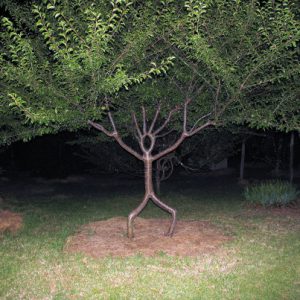In the verdant tapestry of meadows and fields, a tiny and elusive wonder captures the imagination of those who seek it – the four-leaf clover. While its three-leaf counterpart is ubiquitous, the rarity of the four-leaf clover has made it a symbol of luck and an intriguing botanical anomaly.
Scientifically known as Trifolium repens, the common clover typically boasts three leaves. However, the appearance of a fourth leaf transforms this unassuming herb into a symbol of good fortune. The chances of stumbling upon a four-leaf clover in a sea of three-leafed counterparts are slim, adding to its mystique and the joy of discovery.

The folklore surrounding four-leaf clovers spans cultures and generations. In Celtic traditions, they were believed to offer protection against evil spirits, while in medieval times, they were thought to bring prosperity and ward off bad luck. The rarity of the four-leaf mutation led to the belief that finding one bestowed the finder with extraordinary luck and happiness.
The allure of the four-leaf clover lies not just in its symbolism but also in the delight of the hunt. As individuals traverse meadows and grassy expanses, the thrill of stumbling upon this botanical rarity becomes a serene treasure hunt. The act of meticulously scanning the sea of green for that one exceptional specimen fosters a connection with nature and a sense of anticipation.
Beyond its cultural significance, the four-leaf clover serves as a reminder of the diversity within the natural world. The genetic mutation that produces the extra leaf is relatively rare, showcasing the variability that exists even within seemingly uniform species. This quirk of nature adds an element of intrigue to the simple clover, elevating it from a common sight to a symbol of the unexpected.

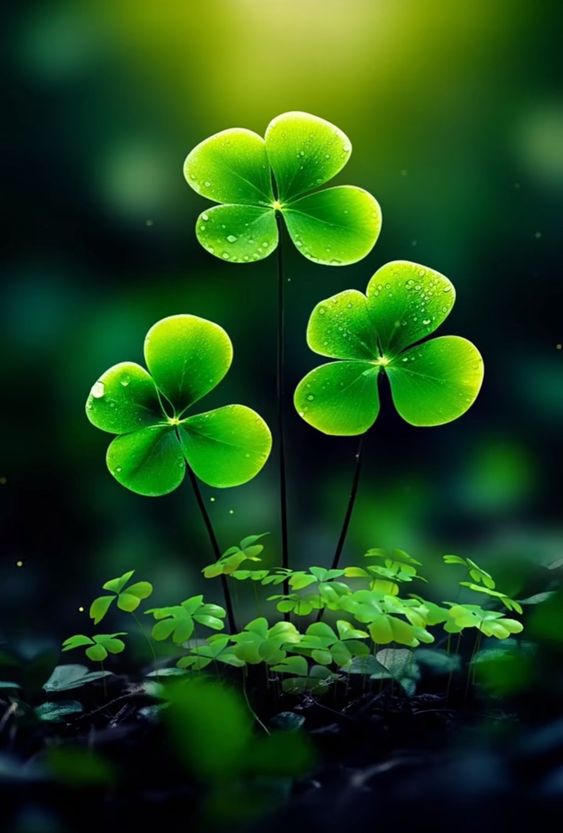
Four-leaf clovers have also found their place in various artistic and decorative endeavors. They adorn jewelry, bookmarks, and other trinkets, serving as tangible tokens of luck and good fortune. Artists and craftspeople incorporate the image of the four-leaf clover into their creations, perpetuating its charm beyond the natural world.
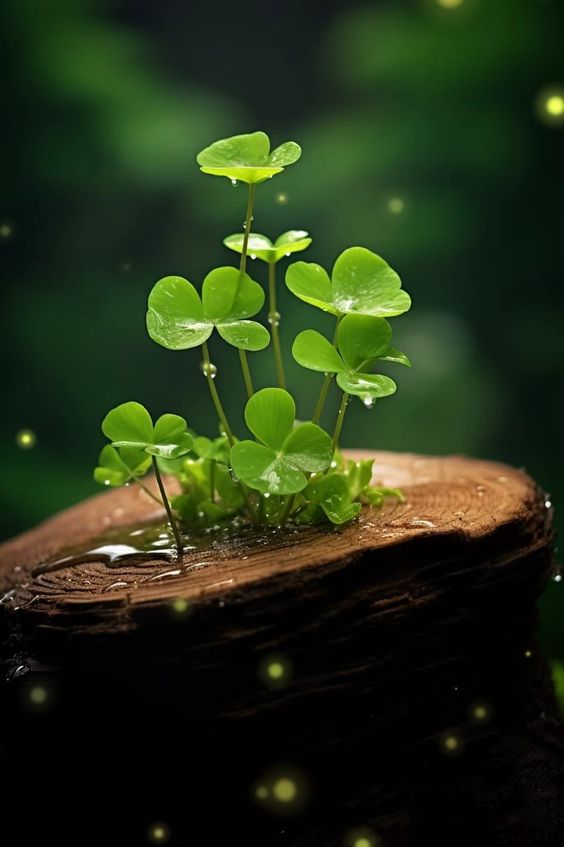
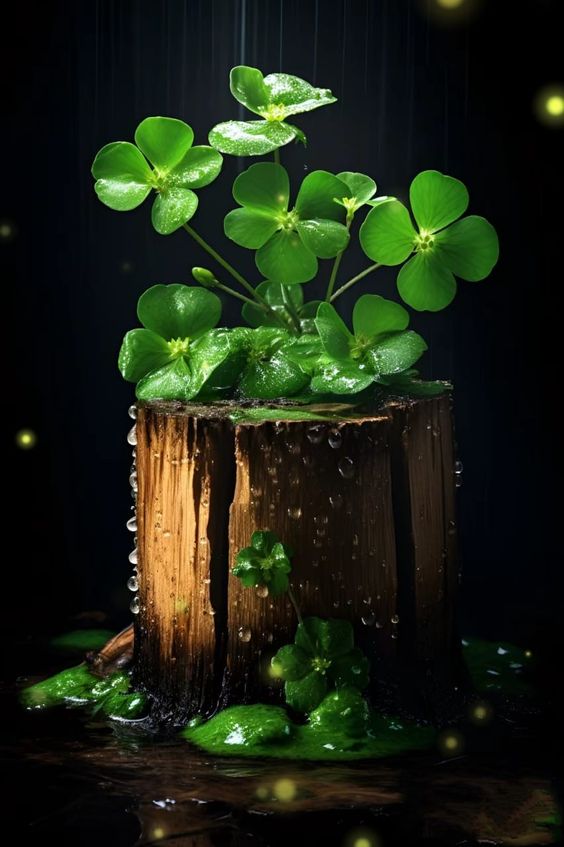

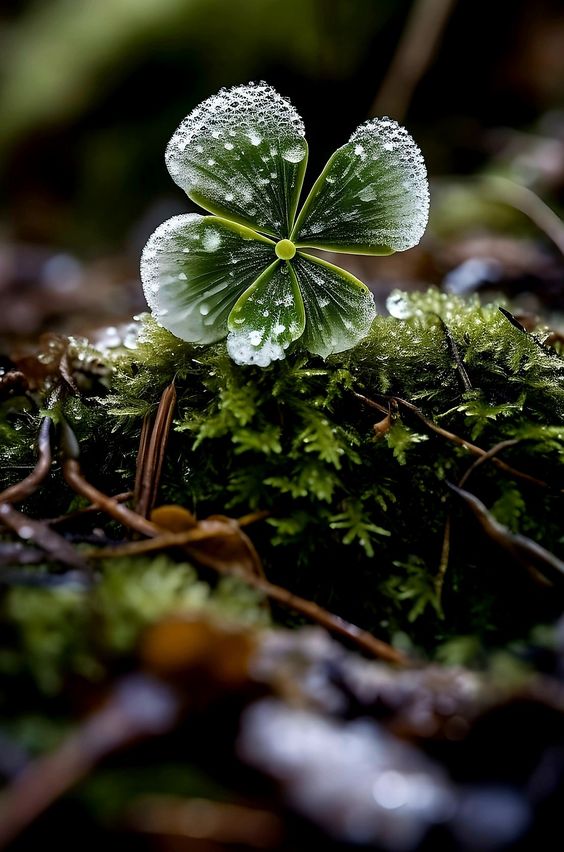
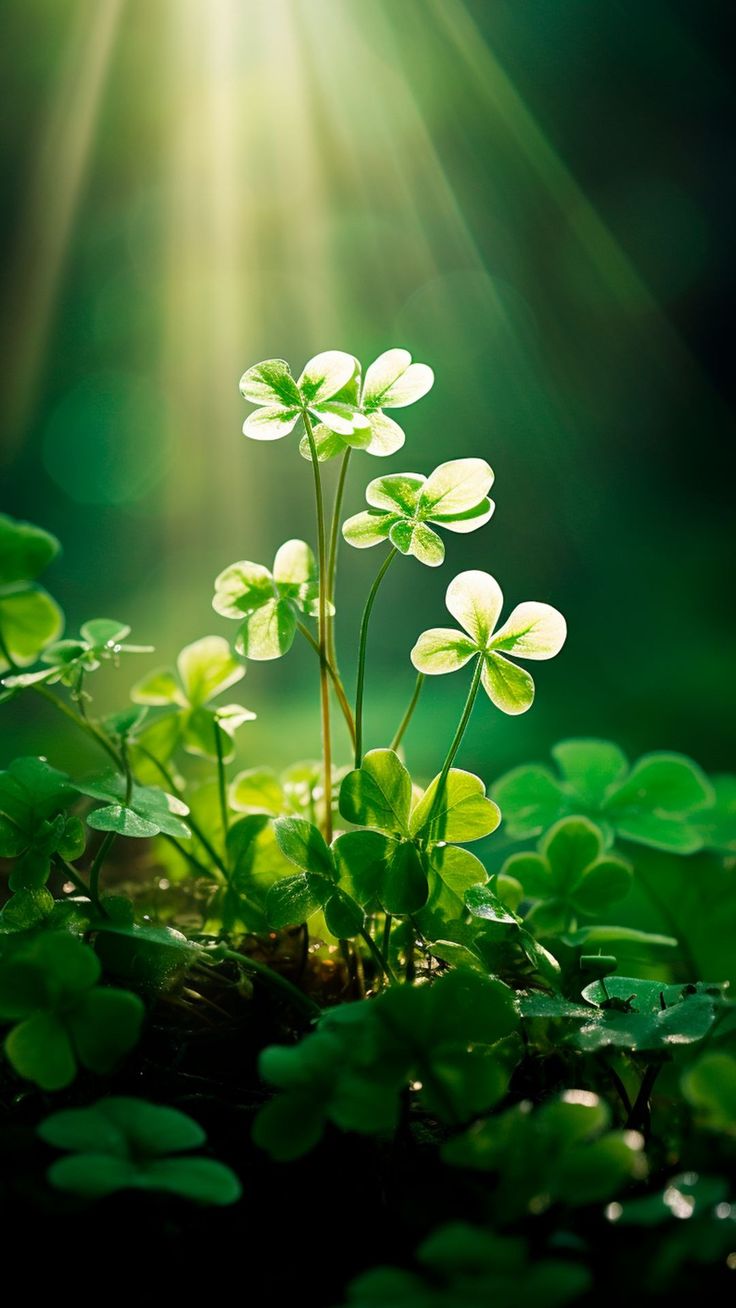
In conclusion, the four-leaf clover, with its scarcity and cultural significance, embodies the magic that can be found in the everyday. Whether nestled in the folds of a meadow or adorning a piece of jewelry, this tiny botanical anomaly continues to capture the human imagination, reminding us of the enchantment that lies in the simplest of natural wonders. So, the next time you find yourself in a field of clover, keep an eye out for that elusive fourth leaf – for in its discovery, you may just uncover a touch of unexpected luck and nature’s delightful quirks.




